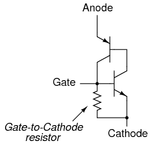dineshdeshmuk
Full Member level 5

How to test this circuit with a DMM or with the help of any other circuitry ?
https://obrazki.elektroda.pl/62_1318079714.jpg
thanks
https://obrazki.elektroda.pl/62_1318079714.jpg
thanks



